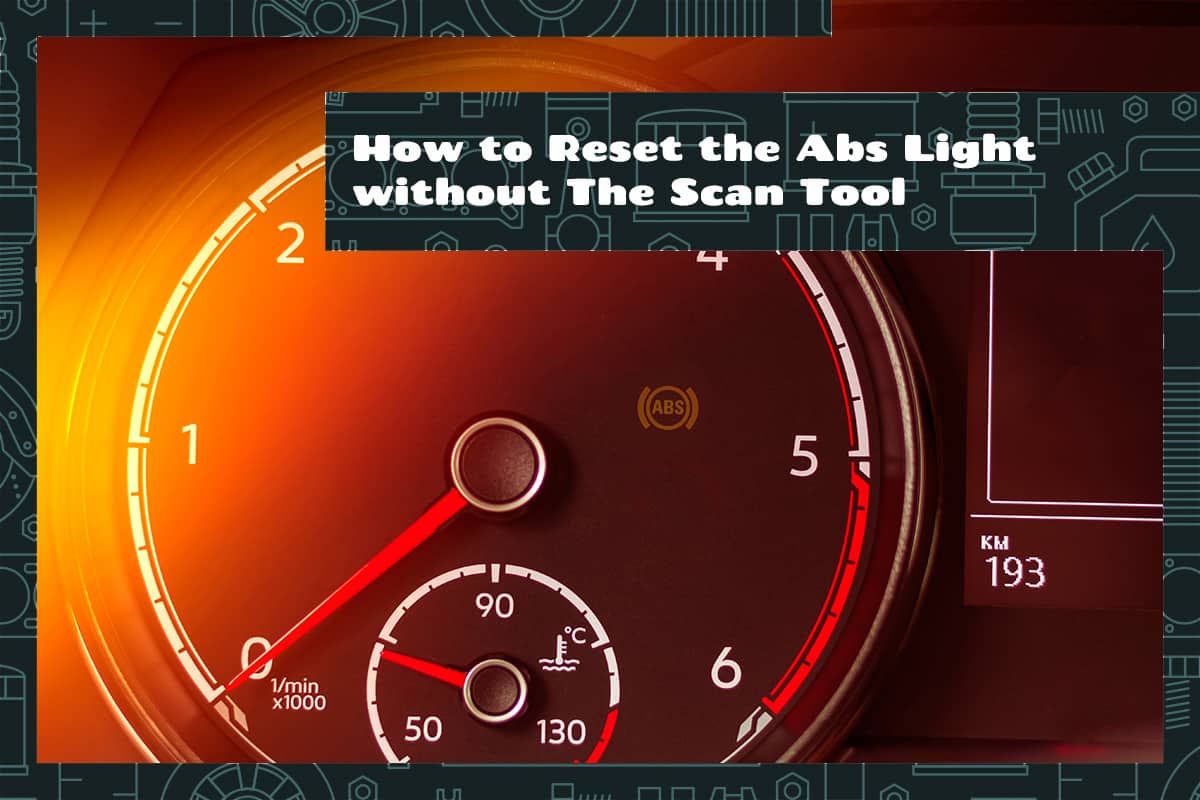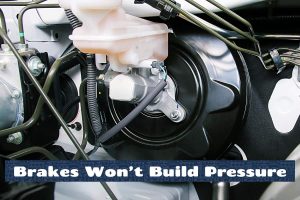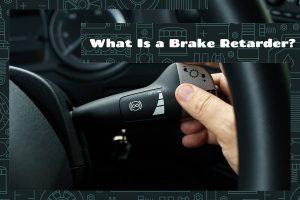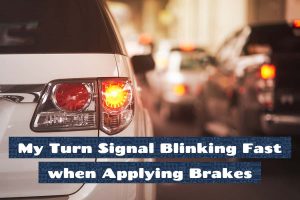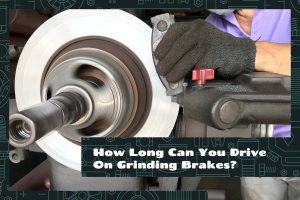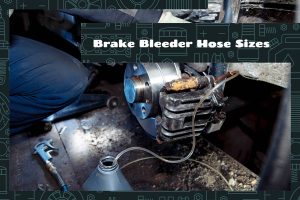The ABS (Anti-lock Braking System) is an essential safety feature in your vehicle that helps you maintain control while braking. When the ABS light comes on, it’s a signal that something might be wrong with the system.
There are 3 methods you can try to reset the ABS light without a scan tool:
- Disconnecting the battery
- Using the ignition key cycling method
- Applying the fuse removal technique
In this article, we’ll first explain the ABS light and why it’s important. Then, we’ll guide you through various methods to reset the ABS light without needing a professional scan tool.
What Is the ABS Light?
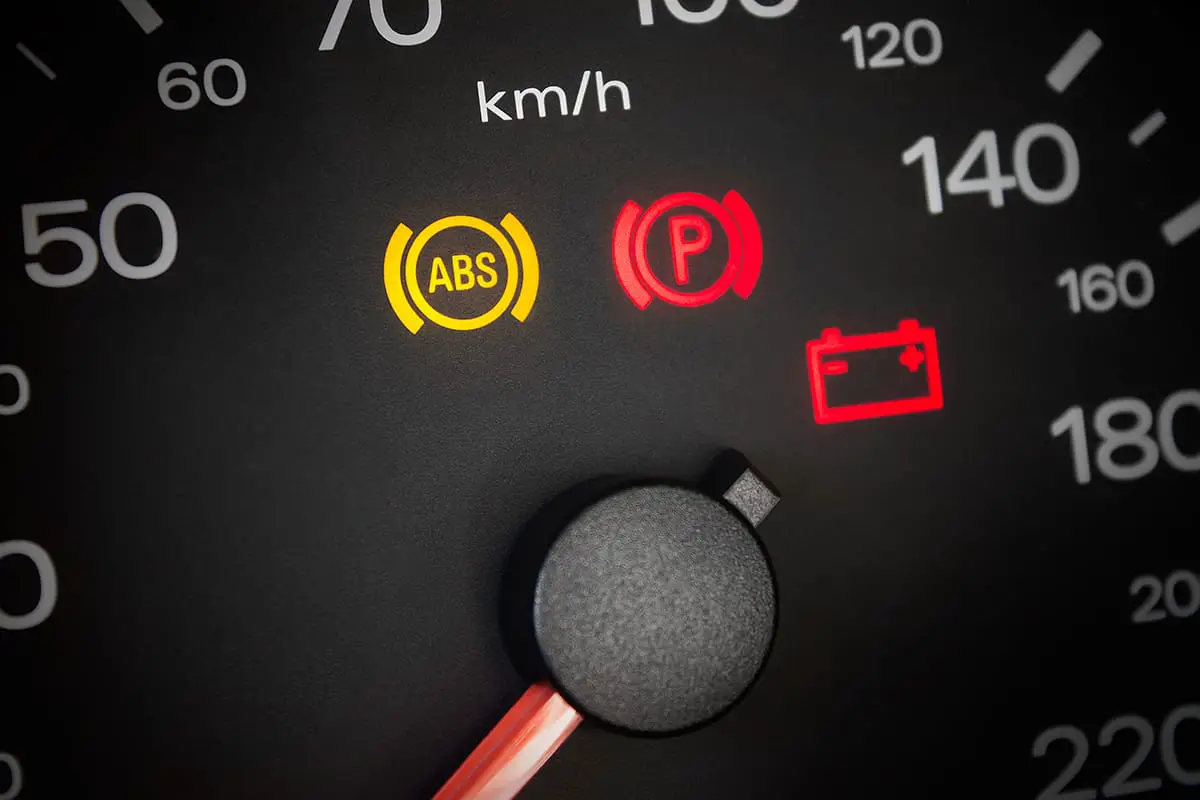
The ABS light is a warning signal on your dashboard that tells you if there’s an issue with your car’s Anti-lock Braking System. Below, we’ll discuss the function of the ABS light, its common causes, and the consequences of ignoring it.
Function and purpose
The main job of the ABS is to help you stay in control of your car while braking, especially on slippery roads. It does this by preventing your wheels from locking up, which could cause your car to skid. The ABS light turns on when the system detects a problem, letting you know that it may not work properly.
Common causes of abs light activation
There are a few reasons why the ABS light might come on:
- Faulty wheel speed sensor—This sensor measures how fast your wheels are turning. If it’s not working right, the ABS system can’t do its job.
- Damaged wiring—Wires connect the sensors and other parts of the ABS system. If these wires get damaged, the system might not work correctly.
- Malfunctioning ABS module—This is the “brain” of the ABS system, and it controls everything. If it’s not working, the whole system might fail.
- Worn brake components—Sometimes, worn-out brake parts can cause the ABS light to come on. This might include brake pads, rotors, or other pieces of the braking system.
Consequences of ignoring the ABS light
Ignoring the ABS light could lead to a few problems:
- Reduced braking efficiency—If the ABS isn’t working, your car’s braking ability might decrease, especially in wet or icy conditions.
- Possible accidents—Without the ABS system, you could lose control of your car while braking, which might cause an accident.
- Long-term damage to the braking system—Ignoring the ABS light could make existing problems worse, resulting in costly repairs down the line.
Resetting the ABS Light without a Scan Tool
In this section, we’ll walk you through three methods to reset the ABS light—disconnecting the battery, using the ignition key cycling method, and applying the fuse removal technique.
1. Disconnecting the battery
This method involves removing the connection between your car’s battery and its electrical system.
- Safety precautions—Before touching the battery, make sure your car is turned off and parked on a flat surface. Wear gloves and safety glasses for protection.
- Locating the battery—The battery is usually found under the hood, in a corner near the front of the car. It looks like a rectangular box with two cables attached to it.
- Disconnecting and reconnecting process—Start by loosening the nut holding the negative (black) cable to the battery. Carefully lift the cable off the battery terminal and set it aside for 10-15 minutes. This will give the car’s computer time to reset. After waiting, reconnect the negative cable and tighten the nut.
2. Using the ignition key cycling method
This method involves turning your car’s ignition key on and off several times to reset the ABS light.
- Make sure your car is in park or neutral and the parking brake is on.
- Turn the ignition key to the “On” position without starting the engine. The ABS light should come on briefly and then turn off.
- Repeat this process three times, waiting a few seconds between each turn.
- After the third time, start the engine and see if the ABS light stays off.
- If the ABS light remains off after starting the engine, the reset was successful. If it comes back on, there might be a problem that requires further attention.
3. Applying the fuse removal technique
This method involves removing and reinserting the ABS fuse to reset the light.
- Identifying the correct fuse—To find the ABS fuse, look in your car’s owner’s manual or search for a diagram online. The fuse box is usually located under the dashboard or in the engine compartment.
- Removing and reinserting the fuse—Turn off your car and locate the ABS fuse. Using a fuse puller or needle-nose pliers, carefully remove the fuse. Wait for about a minute before reinserting the fuse into its slot.
- Confirming the ABS light reset—Start your car and check if the ABS light remains off. If it does, the reset was successful. If not, there might be an issue that needs further investigation.
Alternative Solutions
If you’re still having trouble with your ABS light after trying to reset it without a scan tool, there are other options to consider.
1. Investing in an affordable obd2 scanner
An OBD2 scanner is a device that can read your car’s computer to identify issues with the ABS system and other components. While these scanners can be a bit more expensive than trying the methods above, they’re often more accurate and can provide valuable information about your car’s health.
2. Seeking professional help

If you’re not comfortable working on your car or if the ABS light keeps coming on, it might be time to consult a mechanic.
If you’ve tried resetting the ABS light and it keeps coming back on, or if you’re unsure about diagnosing the issue yourself, it’s a good idea to get a professional opinion.
While going to a mechanic might be more expensive than trying to fix the problem on your own, you’ll have the peace of mind knowing that the issue has been correctly identified and resolved.
FAQs
1. How can I tell if my ABS light reset was successful?
You can tell if your ABS light reset was successful by starting your car and checking the dashboard. When you turn on the ignition, the ABS light should briefly illuminate and then turn off. If the light stays off while driving, the reset was successful. However, if the ABS light comes back on, there might be a problem that needs further investigation.
2. What should I do if my ABS light comes back on after resetting it?
If your ABS light comes back on after resetting it, there could be an issue with your vehicle’s braking system that needs to be addressed. Here are some steps you can take:
- Perform a visual inspection of your car’s brake components, including the brake pads, rotors, and lines, to see if there’s any visible damage or wear.
- Consult your car’s owner’s manual for information on common ABS issues and solutions specific to your vehicle.
- Consider investing in an affordable OBD2 scanner to help diagnose the problem. These devices can read your car’s computer and give you more information about what’s actually going on.
- Seek professional help from a mechanic.
3. How often should I check my vehicle’s braking system?
Here’s a general guideline for how often you should inspect different parts of the braking system:
- Brake pads and rotors—Every 10,000 to 20,000 miles or when you get your oil changed.
- Brake fluid—Every two years or 45,000 miles. If the fluid appears dirty or the level is low, you may need to replace or top it off.
- Brake lines and hoses—Examine the brake lines and hoses for signs of damage or leaks during each oil change.
